The Smart Switch: Revolutionizing Home Automation and Energy Management
The Smart Switch: Revolutionizing Home Automation and Energy Management
In the era of smart homes and the Internet of Things (IoT), the humble light switch has undergone a remarkable transformation. The traditional switch, once a simple mechanical device, has evolved into the "Smart Switch," a sophisticated piece of technology that is revolutionizing the way we interact with our homes. Smart switches are not just about turning lights on and off; they are about enhancing convenience, improving energy efficiency, and integrating seamlessly into the broader ecosystem of smart home devices. In this blog, we will explore what smart switches are, how they work, their benefits, and the future of this exciting technology.
What is a Smart Switch?
A smart switch is a device that replaces your traditional wall switch and allows you to control your lights, fans, or other electrical appliances remotely using a smartphone, voice commands, or automation routines. Unlike traditional switches, smart switches connect to your home Wi-Fi network, enabling you to control them from anywhere in the world. They can be operated via a dedicated app, integrated with voice assistants like Amazon Alexa, Google Assistant, or Apple HomeKit, and even programmed to work with other smart home devices.
How Does a Smart Switch Work?
Smart switches are designed to be installed in place of your existing light switches. They typically require a neutral wire, which is common in most modern homes, but some models are designed to work without one. Once installed, the smart switch connects to your home Wi-Fi network, allowing it to communicate with your smartphone or other smart home devices.
Here’s a step-by-step breakdown of how a smart switch works:
1. Installation: The smart switch is installed in place of your existing switch. This usually involves turning off the power, removing the old switch, and connecting the wires to the new smart switch. Some smart switches require a neutral wire, while others do not.
2. Connection to Wi-Fi: Once installed, the smart switch connects to your home Wi-Fi network. This allows it to communicate with your smartphone, tablet, or other smart home devices.
3. App Control: Most smart switches come with a dedicated app that allows you to control the switch remotely. You can turn lights on or off, dim them, or set schedules and timers.
4. Voice Control: Smart switches can be integrated with voice assistants like Amazon Alexa, Google Assistant, or Apple HomeKit. This allows you to control your lights using voice commands, such as "Alexa, turn off the living room lights."
5. Automation: Smart switches can be programmed to work with other smart home devices. For example, you can set up a routine that turns on the lights when your smart doorbell detects someone at the door, or when your smart thermostat detects that you’ve arrived home.
6. Energy Monitoring: Some smart switches come with energy monitoring features that allow you to track how much energy your lights or appliances are using. This can help you identify energy-hungry devices and make adjustments to save on your electricity bill.
Benefits of Smart Switches
Smart switches offer a wide range of benefits that go beyond simple convenience. Here are some of the key advantages of using smart switches in your home:
1. Convenience: One of the most obvious benefits of smart switches is the convenience they offer. With a smart switch, you can control your lights or appliances from anywhere in the world using your smartphone. Forgot to turn off the lights before leaving for work? No problem—just open the app and turn them off remotely.
2. Energy Efficiency: Smart switches can help you save energy by allowing you to set schedules and timers for your lights and appliances. For example, you can program your lights to turn off automatically when you leave the house or to turn on only when it gets dark. Some smart switches also come with energy monitoring features that allow you to track your energy usage and make adjustments to save on your electricity bill.
3. Enhanced Security: Smart switches can enhance your home security by allowing you to control your lights remotely. You can set up a routine that turns your lights on and off at different times to make it look like someone is home, even when you’re away on vacation. This can deter potential burglars and give you peace of mind.
4. Integration with Other Smart Home Devices: Smart switches can be integrated with other smart home devices, such as smart doorbells, thermostats, and security cameras. This allows you to create a fully automated smart home ecosystem where all your devices work together seamlessly. For example, you can set up a routine that turns on the lights when your smart doorbell detects someone at the door, or when your smart thermostat detects that you’ve arrived home.
5. Voice Control: Smart switches can be controlled using voice commands via voice assistants like Amazon Alexa, Google Assistant, or Apple HomeKit. This allows you to control your lights or appliances without having to lift a finger. For example, you can say "Alexa, turn off the living room lights" and the lights will turn off instantly.
6. Customization: Smart switches offer a high degree of customization. You can set up different scenes or moods for different times of the day. For example, you can create a "movie night" scene that dims the lights and turns on the TV, or a "morning" scene that turns on the lights and starts the coffee maker.
7. Remote Access: With a smart switch, you can control your lights or appliances from anywhere in the world using your smartphone. This is particularly useful if you’re away from home and want to make sure everything is turned off, or if you want to turn on the lights before you arrive home.
8. Easy Installation: Most smart switches are designed to be easy to install and can be installed in place of your existing switches. Some models even come with step-by-step instructions and video tutorials to help you with the installation process.
The Future of Smart Switches
As technology continues to evolve, the future of smart switches looks incredibly promising. Here are some of the trends and developments we can expect to see in the coming years:
1. Increased Integration with Smart Home Ecosystems: As the smart home ecosystem continues to grow, we can expect to see even greater integration between smart switches and other smart home devices. This will allow for more advanced automation and customization options, making it easier than ever to create a fully automated smart home.
2. Improved Energy Monitoring and Management:As energy efficiency becomes an increasingly important concern, we can expect to see smart switches with more advanced energy monitoring and management features. This could include real-time energy usage tracking, personalized energy-saving tips, and even integration with renewable energy sources like solar panels.
3. Enhanced Voice Control: Voice control is already a popular feature of smart switches, but we can expect to see even more advanced voice control capabilities in the future. This could include more natural language processing, allowing you to control your lights or appliances using more complex voice commands.
4. Greater Compatibility: As the smart home market continues to grow, we can expect to see smart switches that are compatible with a wider range of devices and platforms. This will make it easier for consumers to build a smart home ecosystem that works seamlessly together.
5. More Affordable Options: As with any technology, the cost of smart switches is likely to come down as they become more mainstream. This will make them more accessible to a wider range of consumers, further driving adoption and innovation in the market.
6. Advanced Security Features: As smart homes become more common, security will become an increasingly important concern. We can expect to see smart switches with more advanced security features, such as encryption and multi-factor authentication, to protect against hacking and unauthorized access.
7. Smarter Automation: In the future, smart switches will become even smarter, with the ability to learn your habits and preferences over time. This could include automatically adjusting the lighting based on the time of day, your location, or even your mood.
Conclusion
The smart switch is a small but powerful device that is transforming the way we interact with our homes. By offering convenience, energy efficiency, enhanced security, and seamless integration with other smart home devices, smart switches are becoming an essential part of the modern smart home ecosystem. As technology continues to evolve, we can expect to see even more advanced features and capabilities, making smart switches an even more valuable addition to our homes. Whether you’re looking to save energy, enhance your home security, or simply make your life a little more convenient, a smart switch is a smart choice.
No comments





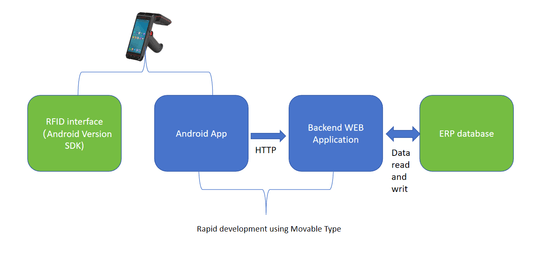
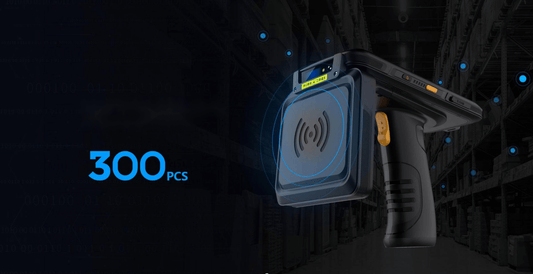

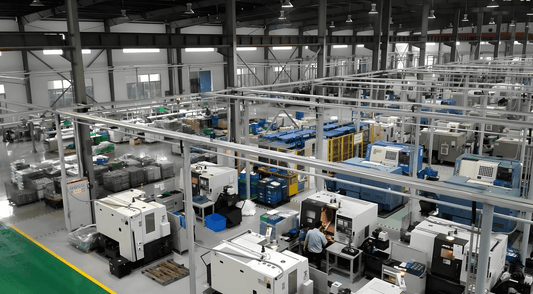
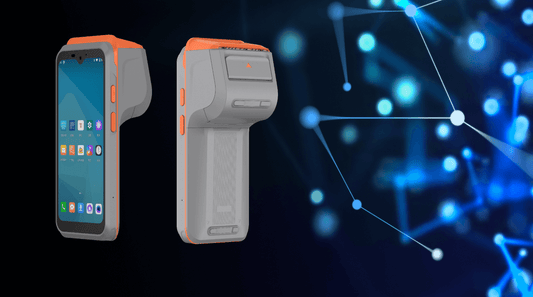
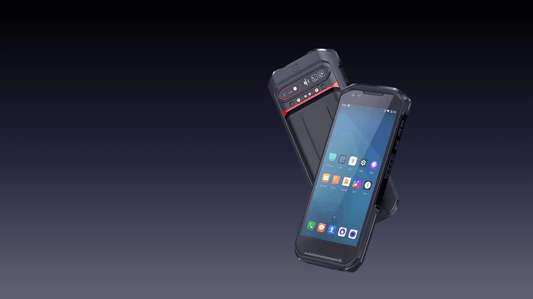
0 comments